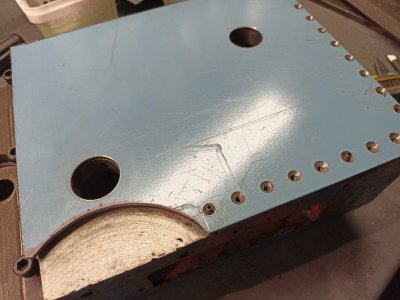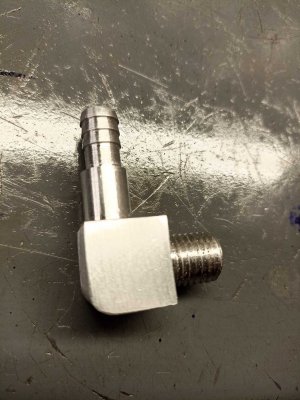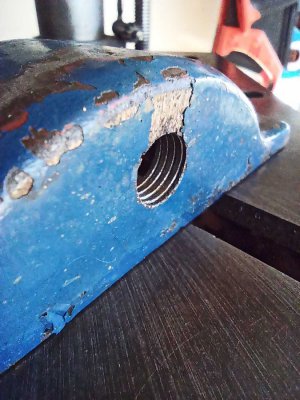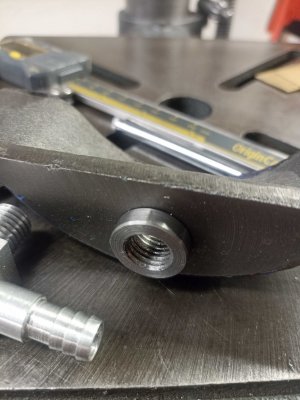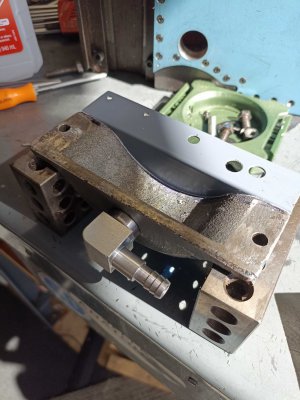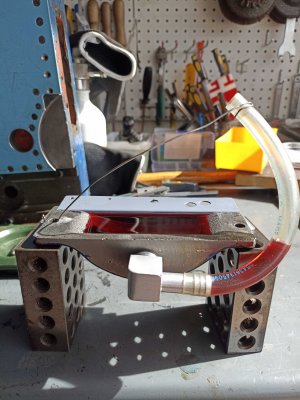About a year and a half ago, I bought an older Taiwanese 12x36 lathe, marked King TD-45AA. I proceeded to take it apart for cleaning and inspection and for the most part I found it to be in good shape. When the time came to work on the apron however, things began to look more grim. Firstly, the feed worm gear was completely destroyed, likely from lack of lubrication.
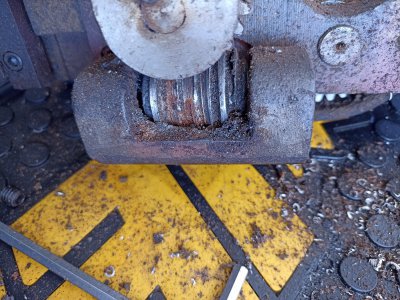
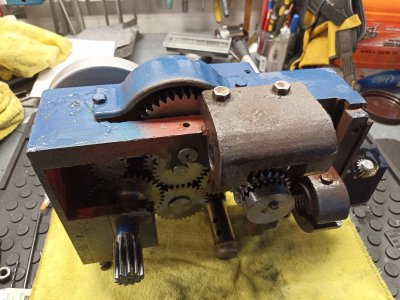
Secondly, the backside of the apron casting was open, i.e. there was no provision for filling it with oil to facilitate gear lubrication. The apron gears had previously been lubricated by grease and it did not seem like it's been ever changed. The apron sat on my workbench for a few weeks as I pondered what to do. I wanted to improve this design within my meager skillset. Eventually I decided to work on enclosing the apron in order to fill it with oil, similar to how it's done on other Taiwanese lathes, such as Jet and Grizzly.
I started to plug and cover openings in the apron. During final assembly, I'll also add RTV sealant.
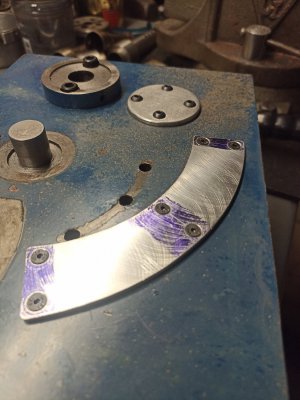
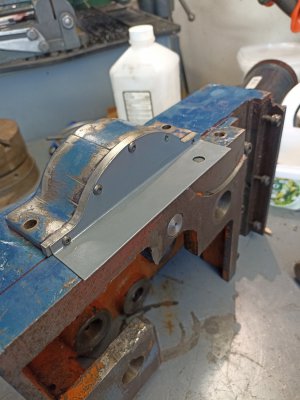
As I'm making progress, some of the details of this apron conversion remain unsolved. I don't have a background in mechanical engineering and it takes a lot of time to find the answers as I browse through this very helpful website and of course, YouTube.
Among other things, I still need to figure out:
1. Oil drain plug / oil level gauge. I'm leaning towards a very elegant solution proposed by Wobbles, here on hobby-machinist.
2. How much oil to fill in the apron, i.e. what's the minimum amount that would allow the oil to travel up the gear train and ensure good lubrication.
3. How to lubricate the spinning shafts in the apron that are located above the oil level. It would be great if I could wick oil up from the bottom, but I may have to add an oiling cup at the top, from which copper tubes or oil wicks could be run to the bearing journals.
4. How to lubricate the feed worm. I may add a sheet metal cover to the feed worm bracket to reduce the amount of swarf that gets there. Possibly also an oiling cup at the top with a copper tube to direct oil onto the worm.
5. Finally, where to get a replacement feed worm / worm wheel. I already tried a worm from Grizzly G9249, but it didn't fit.


Secondly, the backside of the apron casting was open, i.e. there was no provision for filling it with oil to facilitate gear lubrication. The apron gears had previously been lubricated by grease and it did not seem like it's been ever changed. The apron sat on my workbench for a few weeks as I pondered what to do. I wanted to improve this design within my meager skillset. Eventually I decided to work on enclosing the apron in order to fill it with oil, similar to how it's done on other Taiwanese lathes, such as Jet and Grizzly.
I started to plug and cover openings in the apron. During final assembly, I'll also add RTV sealant.


As I'm making progress, some of the details of this apron conversion remain unsolved. I don't have a background in mechanical engineering and it takes a lot of time to find the answers as I browse through this very helpful website and of course, YouTube.
Among other things, I still need to figure out:
1. Oil drain plug / oil level gauge. I'm leaning towards a very elegant solution proposed by Wobbles, here on hobby-machinist.
2. How much oil to fill in the apron, i.e. what's the minimum amount that would allow the oil to travel up the gear train and ensure good lubrication.
3. How to lubricate the spinning shafts in the apron that are located above the oil level. It would be great if I could wick oil up from the bottom, but I may have to add an oiling cup at the top, from which copper tubes or oil wicks could be run to the bearing journals.
4. How to lubricate the feed worm. I may add a sheet metal cover to the feed worm bracket to reduce the amount of swarf that gets there. Possibly also an oiling cup at the top with a copper tube to direct oil onto the worm.
5. Finally, where to get a replacement feed worm / worm wheel. I already tried a worm from Grizzly G9249, but it didn't fit.
Last edited:


